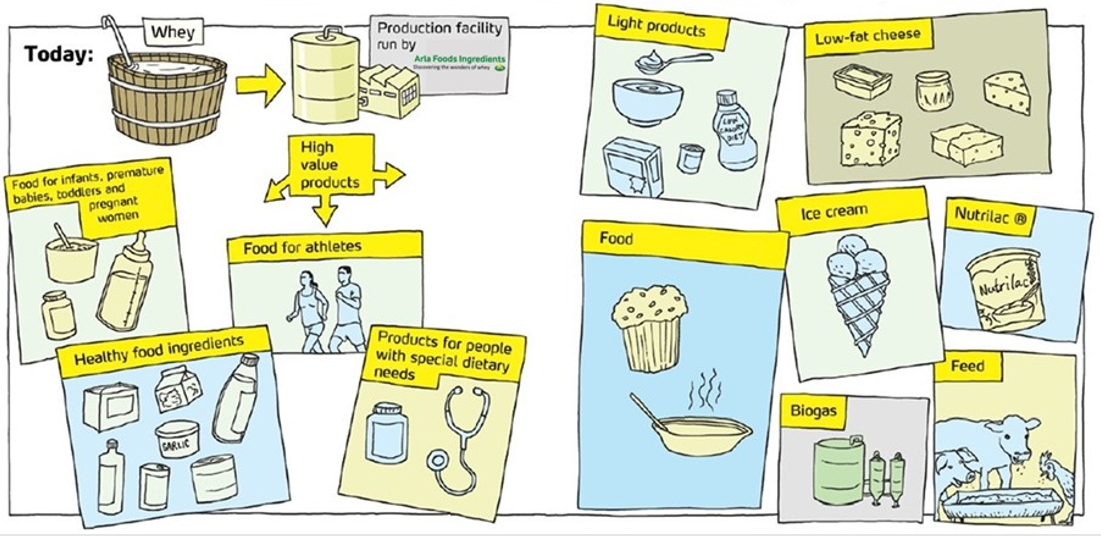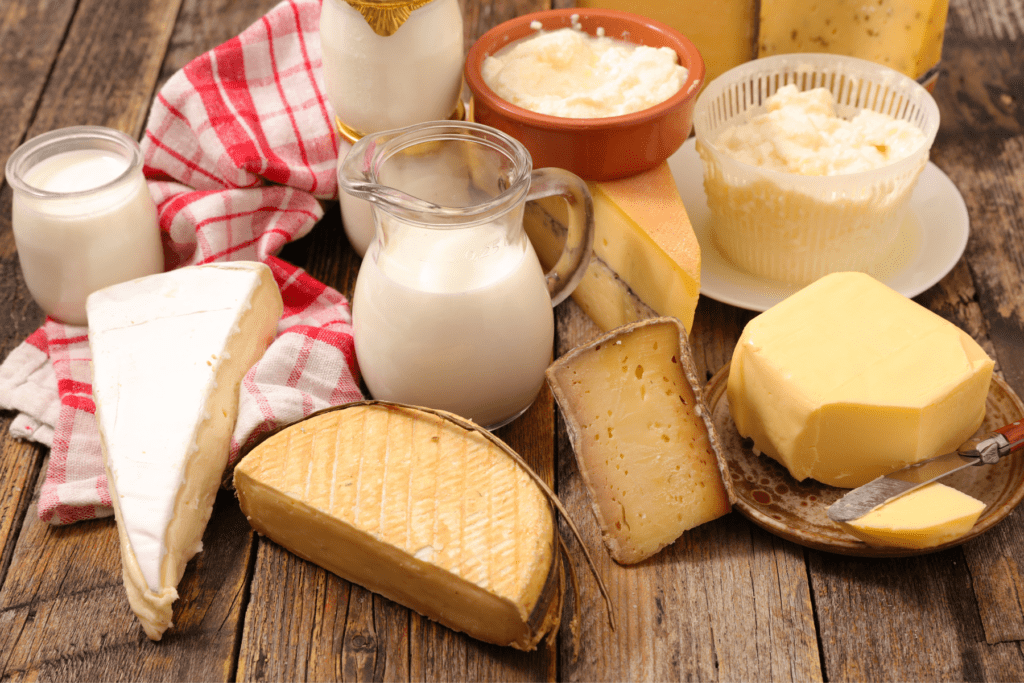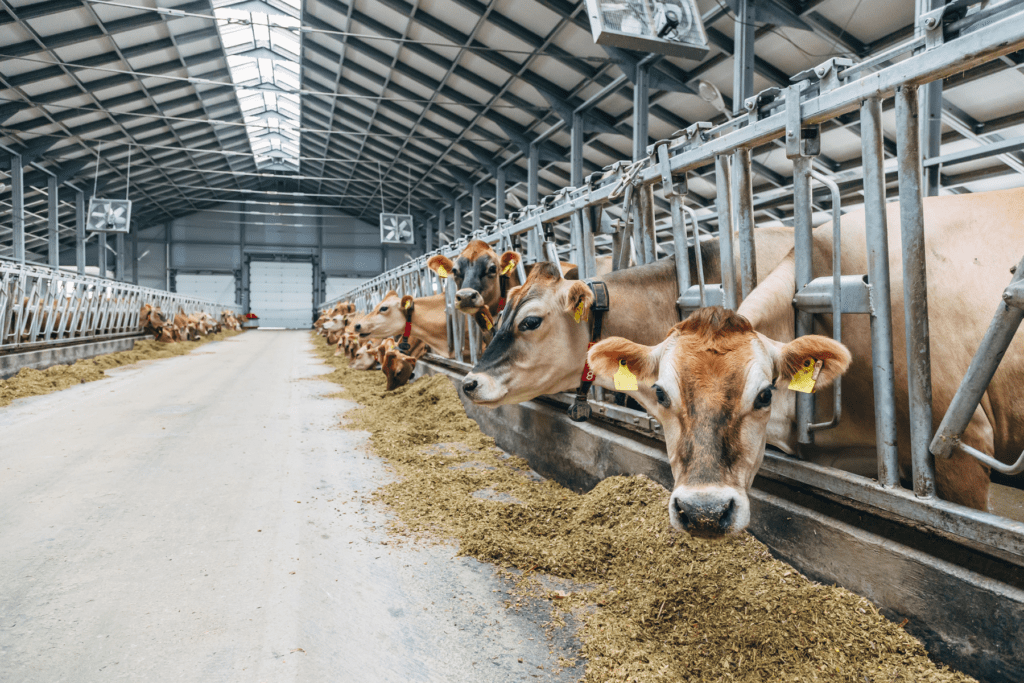The dairy sector is committed to adopting sustainable practices and ultimately being a key contributor to sustainable food systems. Of course, tackling food waste is a critical part of that effort.
As the chair of the Standing Committee on Environment at the International Dairy Federation (IDF), I am honoured to have the chance to speak this week at a side event for the UN Environment Assembly in Nairobi and present a case study on the dairy sector’s innovative approaches to reducing food waste.
Even if dairy is not the major food product wasted (it represents only the 8% of the food wasted by calories), one fifth of dairy products end up wasted. The more pressing issue is that 55% of the waste of fresh dairy products comes from consumer side. Therefore, reducing waste of dairy products not only requires initiatives on the production side, but also innovative solutions to help consumers decrease waste.
Whey: the golden egg at dairy processing
At company level, dairy processing plants are leading the way on innovative solutions to help reduce waste (up to 12% of this waste happens on distribution, retail, production and packaging).
A successful story of product revalorization is how the dairy sector has managed to transform a previous food waste product – whey— into a nutritious food and highly valuable and profitable product. Whey is a byproduct from cheese production that is highly nutritious but until recently, the only option for its reuse was to put it in feed for animals. Today, whey protein is the perfect nutritious byproduct, used massively in food for athletes, infants, toddlers, pregnant women, people with special needs, etc.


Image source: Arla Foods Ingredients
Helping consumers reduce the amount of food wasted
The dairy sector has also put in place several initiatives with the goal of helping the consumer reduce waste. For example, Arla Foods has changed its label from a “Best Before” to a “Best before – often good after” label to encourage customers to smell and taste the products before throwing them out once the best-before-date has passed. Often the “Best Before” label doesn’t necessarily indicate safety of the product, but instead is the recommended date for best flavor or quality. If milk is kept cold and stored properly, the milk could remain fresh for more than a week past the “Best Before” date. This initiative was done with the approval of the Swedish Food Agency.
Arla Foods has also designed dairy packaging that is much easier to empty so that less product is left trapped inside. Something as simple as portion sizes can also have a huge impact, and Arla Foods is also reducing portion size packages for butter containers that will likely lead to less butter and resources wasted. Finally, Arla Foods is inspiring and encouraging consumers to use dairy left-overs by providing recipe-sites online.
Wider sector efforts to reduce waste
We recognise the importance of addressing food waste at farm level (32% of the waste along the dairy chain), where milk is discarded because of many reasons, one being antibiotic use when the milk cannot be delivered to the dairy within a set quarantine-time. We are in constant dialogue with farmers to further improve their animal health performance, minimizing antibiotic use by preventive action.
In the UK for instance, the dairy sector is engaged in national food waste combat initiatives and participates on national dialogue forums on the topic (e.g. the Cortauld Commitment in the UK). The UK dairy sector has also set clear targets to reduce food waste in their own production chain.
Milk quality and food safety at farm level determine milk payment. The dairy farming sector has in place strong requirements on cooling of the milk and focus on keeping the cool chain intact throughout our production chain to ensure as long shelf-life as possible. For instance, to motivate this change, US Dairy gives sustainability awards every spring to recognize deserving dairy farms, businesses and community efforts that advance resourceful leadership and demonstrate sustainable practices. Innovative practices at dairy farms include collecting local organizations’ food waste and scraps to provide enough energy to power the dairy, as well as diverting hundreds of tons of waste from local landfills per month.
Conclusion
There are so many exciting initiatives across the entire dairy chain that are helping to reduce waste and increase efficiency. It is all part of the dairy sector’s commitment to fulfilling the principles of the Dairy Declaration of Rotterdam, which are to significantly contribute to the Sustainable Development Goals such as ending poverty and hunger and protecting the environment.
Together we can work to feed people, not landfills.














